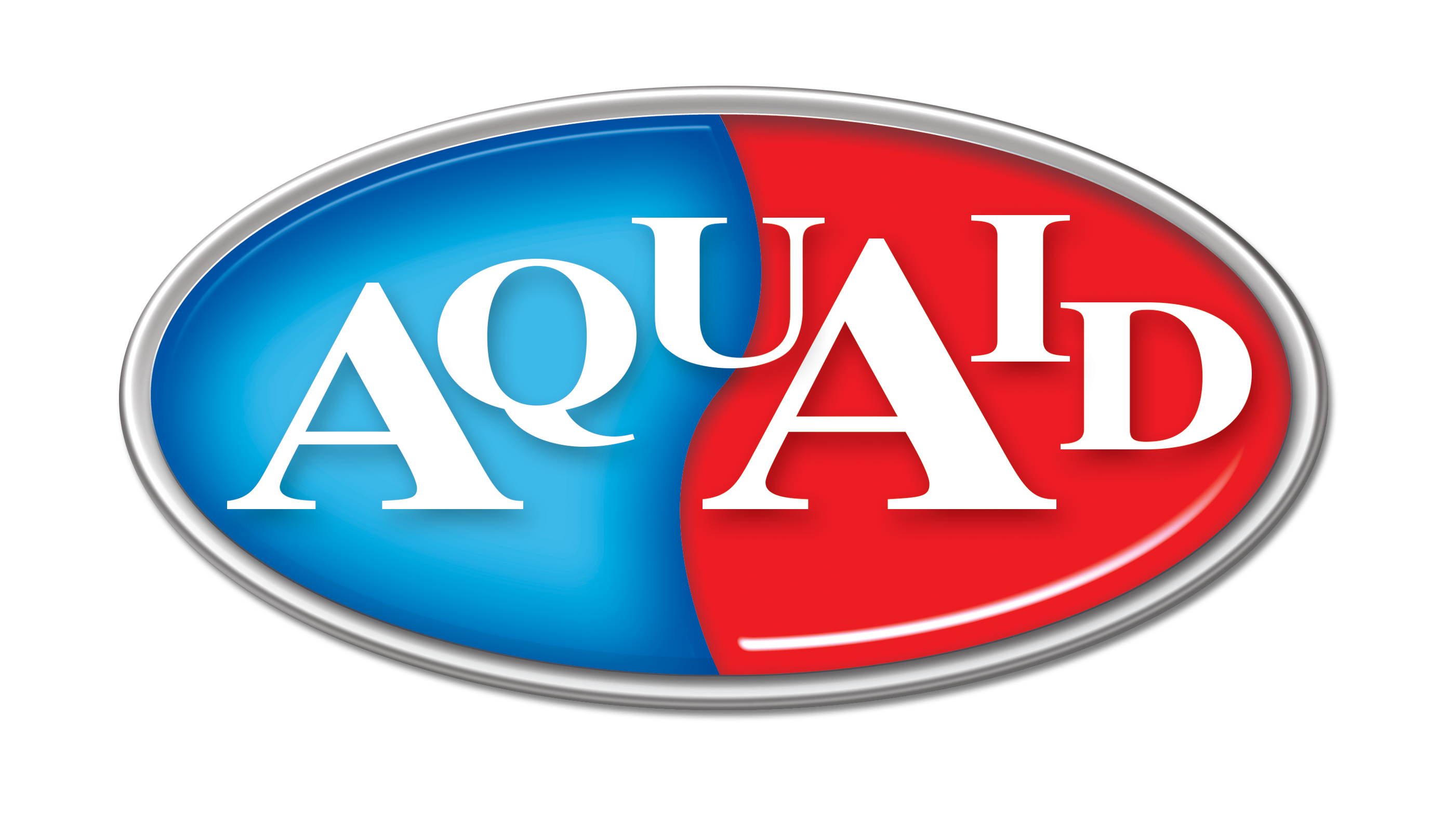Even if you’re making an attempt to stay hydrated, you may be unknowingly consuming foods and drinks that dehydrate you. Certain ingredients can increase urination, cause fluid imbalance, and make you feel thirsty more often. Understanding how these substances impact your hydration status is key to maintaining optimal health.
Sodium is a Big Culprit
Eating too much salt can disrupt your electrolyte balance, leading to fluid retention and eventual dehydration. When you eat salty snacks, your body signals thirst in an effort to maintain proper hydration status. Some common high-sodium foods include:
- Fast foods
- Potato crisps
- Tinned foods
- Cured meats
- Condiments like tomato sauce (ketchup), mustard, and salad dressing
To prevent dehydration, try balancing your sodium intake by eating water-rich foods like cucumbers, watermelon, and oranges.
Sugary Drinks Also Contribute
Much like salty foods, beverages with excessive sugar can also cause dehydration. Drinks such as energy drinks, sodas, and overly sweetened coffees lead to fluid loss, making it harder for your body to stay properly hydrated.
Many of these drinks contain caffeine, a diuretic that increases urination, further depleting fluids. Instead of relying on sugary drinks, consider healthier alternatives like coconut water, which replenishes lost electrolytes and supports hydration.
Foods to Help Your Body Stay Hydrated
Instead of consuming foods and beverages that contribute to dehydration, opt for hydrating foods and nutrient-dense options that help your body retain moisture.
Blueberries
Yielding antioxidants, vitamin C and anti-inflammatory properties, a handful of these berries daily in season can do wonders.
Fatty Fish
Fatty fish with omega-3s include salmon, herring, sardines, and mackerel. Make sure that you only buy fish off the endangered list.
Soy
This does not mean using enough soy sauce to turn your sushi rice into another colour. Soy sauce has a high sodium content. Clean and simple soy is recommended. Soy in this category includes tofu, soy milk, and edamame. Edamame, for the curious, is green soybeans boiled or steamed in their pods and it’s very trendy to be seen eating edamame.
Fibre
Some great options for getting more fibre in your body are:
- Beans. Think three-bean salad, bean burritos, chilli, soup.
- Whole grains. That means whole-wheat bread,and pasta.
- Brown rice. White rice doesn’t offer much fibre.
- Popcorn. It’s a great source of fibre.
- Nuts. Almonds, pecans, and walnuts have more fibre than other nuts.
- Baked potato with skin. It’s the skin that’s important here.
- Berries. All those seeds, plus the skin, give great fibre to any berry.
- Bran cereal. Actually, any cereal that has 5 grams of fibre or more in a serving counts as high fibre.
- Oatmeal. Whether its microwaved or stove-cooked, oatmeal is good fibre.
- Vegetables. The crunchier, the better.
Drinks to Help Prevent Dehydration
Instead of sugary, dehydrating drinks, try these alternatives to avoid dehydration:
Tea
The antioxidant powers of tea are present in both black and green tea. Try these tips on switching from fizzy drinks to water for the added effect of consuming more tea while you’re drinking less fizz.
Calcium-rich Foods
Many health-conscious men and women tend to stay away from dairy products for fear that they contain fat, but calcium is necessary for the body. If you’re scared of the cheese and milk, take a calcium supplement.
A good rule of thumb is to drink enough water consistently throughout the day and adjust your fluid intake based on activity level, diet, and overall health. By making mindful choices, you can avoid dehydrating foods and drinks, improve energy levels, and keep your body properly hydrated for optimal well-being. Find more hydration tips and browse our range of water solutions at AquAid UK. Contact us today!

When I think of dehydrating food it’s the dry foods like, saltine crackers, breads, cakes etc, that seems more likely.